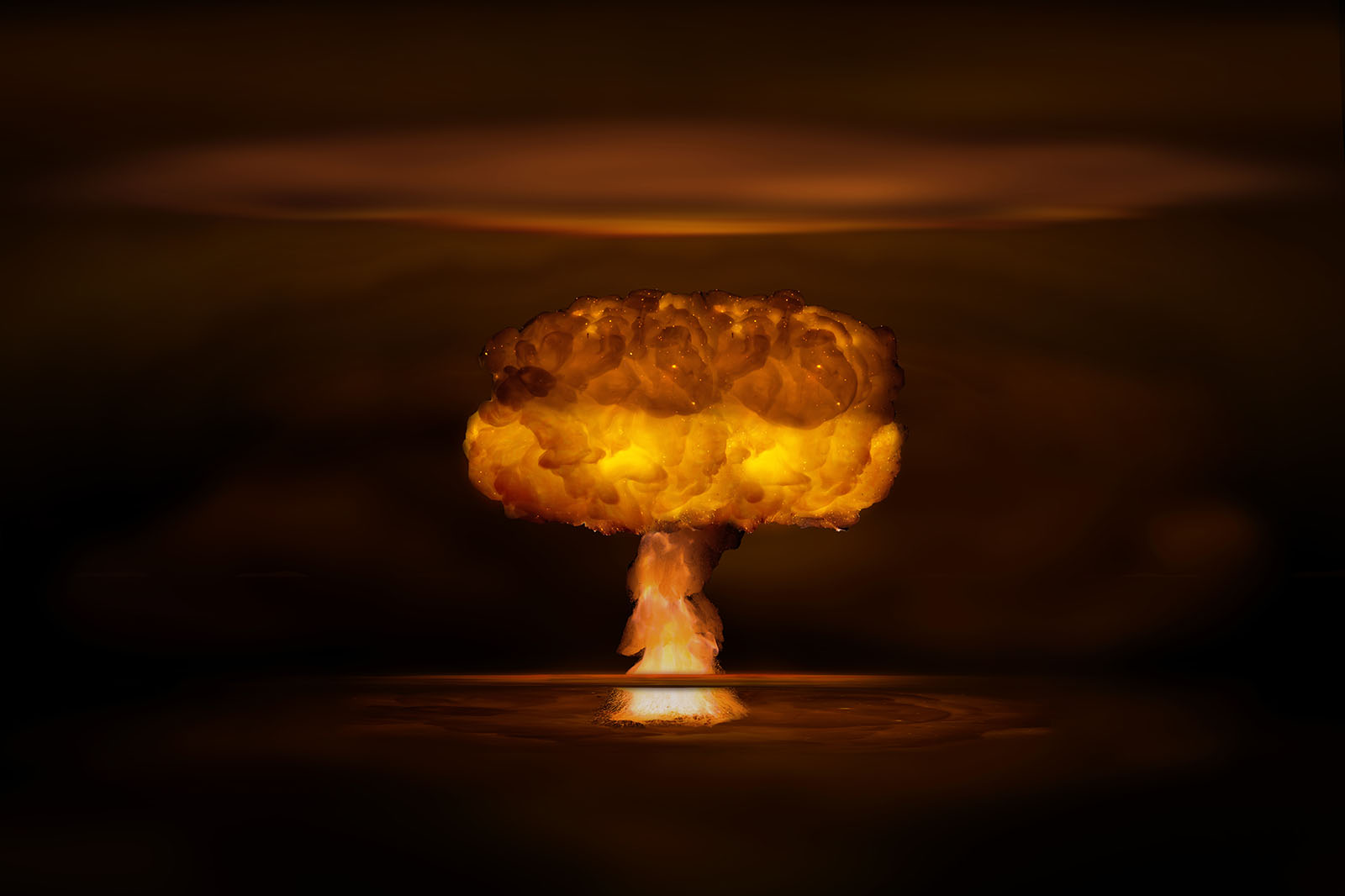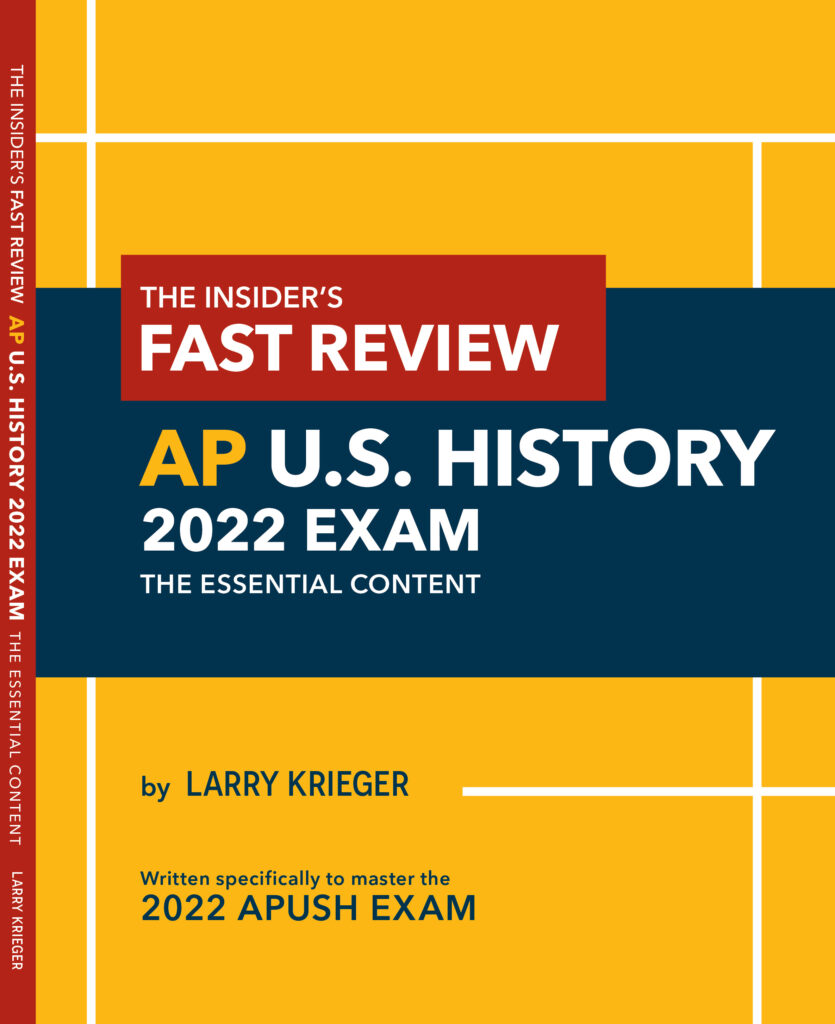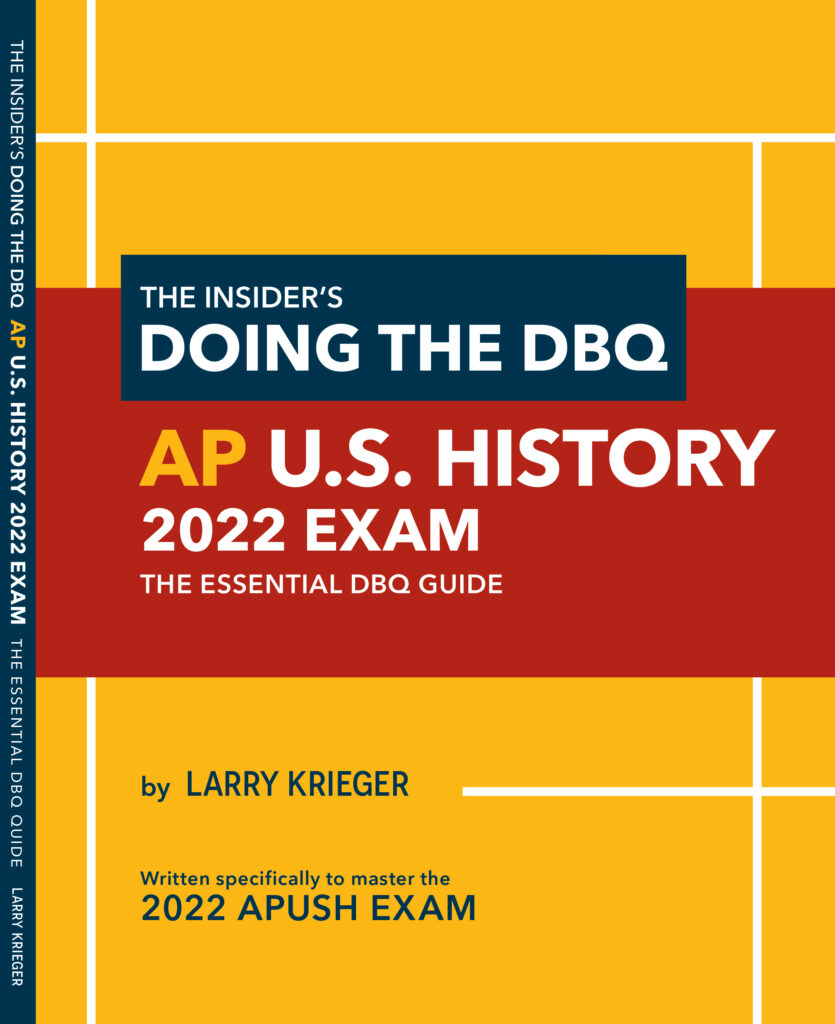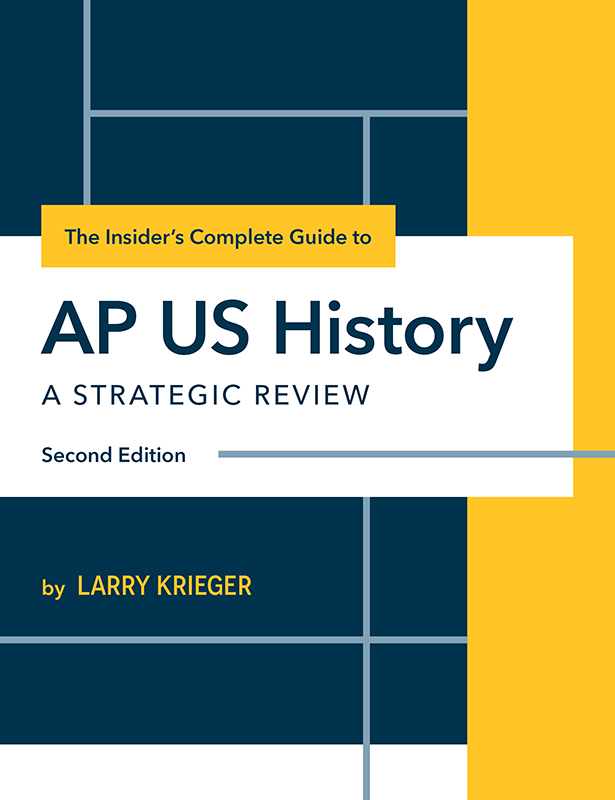World War I and World War III
“The risks of a nuclear war should not be underestimated.”
On June 28, 1914 the Austrian Archduke Franz Ferdinand and his wife Sophia began a goodwill visit to Sarajevo, the capital of the Austrian province of Bosnia. The royal visit seemed to be going well until the motorcade slowed down at a crowded intersection. Suddenly a young Servian extremist named Gavrilo Princip emerged from the crowd and fired two shots. The first struck Sophia and the second hit the Archduke. Both died within minutes.
News of the assassinations spread quickly across Europe. Although people were horrified, few if anyone expected that the assassination would ignite a catastrophic world war. But it did. Despite pleas for calm, European leaders were unable to prevent the crisis from deepening. Within six weeks, Europe plunged into a war that claimed the lives of 8 million soldiers and over 6 million civilians.
The unforeseen outbreak of World War I is a cautionary tale for us today. Hopes for a diplomatic resolution or even for a cease-fire in the Ukrainian conflict are rapidly diminishing. Is it possible that the Russian invasion of Ukraine will escalate into a wider war? Is it possible that a century from now historians will look back on the late spring of 2022 as a time when world leaders were unable to avert World War III?
The Military Front
President Putin confidently expected that his forces would easily seize Kyiv and depose the Zelensky government. But that didn’t happen. Fierce Ukrainian resistance forced Russian forces to retreat from central Ukraine. However, the war is far from over. The Russian war machine is now focused on conquering the entire Donbas region in southeastern Ukraine.
Russian forces are using long-range artillery and airstrikes to bombard the Ukrainian lines along a 300-mile-long front. The Biden administration and its European allies recognize that the war is entering a critical phase. Led by the United States, NATO countries are arming the Ukrainians with an ever-increasing number of advanced tanks, armored vehicles, artillery, and lethal drones.
The war in the Donbas is not limited to this region. Within the past week, Ukraine has launched missile attacks at targets inside Russia. The Russian Foreign Ministry is warning that these attacks signal a significant escalation of hostilities. A government spokesperson defiantly told reporters in Moscow, “I don’t advise you to test our patience.”
The Economic Front
Much of the analysis of Russia’s war in Ukraine is focused on the military conflict in the Donbas. But equally important economic battles are also taking place. The Western ban on the sale of sophisticated electronic technology is beginning to affect the Russian war effort. Almost all of Russia’s modern military equipment is dependent upon complex technology imported from the United States and its allies. For example, Russian precision guided cruise missiles rely on semiconductor chips the Russians do not manufacture themselves. Reports indicate that tank production at two Russian plants has stopped because of a lack of parts.
It is important to remember that exports of oil and gas remain a key Russian economic weapon. Like other European countries, Poland is heavily dependent upon imported Russian gas for about half of its energy needs. Infuriated by Poland’s policy of allowing Western arms to cross its border into Ukraine, Moscow cut off the flow of natural gas into Poland. Putin is calculating the loss of energy to heat homes and cook meals will weaken Polish support for the war. He also hopes the measure will send a clear message to Germany, Italy, and other European nations dependent upon Russian energy.

The War of Words
The deepening military and economic crises are leading to an equally ominous exchange of increasingly belligerent public announcements. America’s now openly stated goal is to help Ukraine defeat Russia and prevent its war machine from threatening other countries. Secretary of Defense Lloyd Austin signaled the shift in American war aims when he bluntly stated, “We want to see Russia weakened to the degree that it can’t do the kind of things that it has done in invading Ukraine.”
President Putin angrily responded to America’s new strategic goal by threatening, “Russia is prepared to deliver lightening-first strikes with strategic weapons. We have all the tools for this…We’ll use them if needed.” If anyone missed the implications of this statement, Russian Foreign Minister Sergei Lavrov warned, “The risks of a nuclear war should not be underestimated.”
Russian state-controlled media is reiterating these ominous messages by bombarding the Russian public with the jarring message that World War III is imminent. One popular news anchor told her listeners, “There is no chance we will give up. Personally, I think that the most realistic way is the way of World War III…We’re all going to die someday.”
Where are we heading?
During the summer of 1914, European leaders were unable to prevent a war. As in 1914, irrevocable battle lines are forming. Hopes for a cease-fire are fading as tensions inexorably escalate. As Russian casualties mount and sanctions impair the Russian war machine, Putin may become increasingly desperate. Unable to accept a humiliating defeat, the Russian dictator may be tempted to use tactical nuclear weapons to win the war. In 1914, Germany and Russia began a fateful mobilization of their armies that could not be stopped. Breaking the nuclear taboo could have similar fateful consequences for our world today.
FOR FURTHER DISCUSSION AND WRITING
- List one way in which the military and economic developments are escalating tensions in the Ukrainian crisis.
- Do you think the “war of words” between Russia and the United States will have any effect on escalating tensions? Explain your answer.
- “There is no chance we will give up” – Do you think President Putin and the Russian military can give up? If not, how do you think the Ukrainian conflict will end?
FOR FURTHER INFORMATION
Today’s Commentary drew upon insights and reports from the following sources: “The Economic War Against Russia is Getting Hot,” by Rick Newman; “Russian’s Energy Extortion of Poland,” Wall Street Journal; and “Mounting Fears that Ukraine War Will Become a Broader Conflict,” David E. Sanger.

Larry Krieger
Author · Instructor





